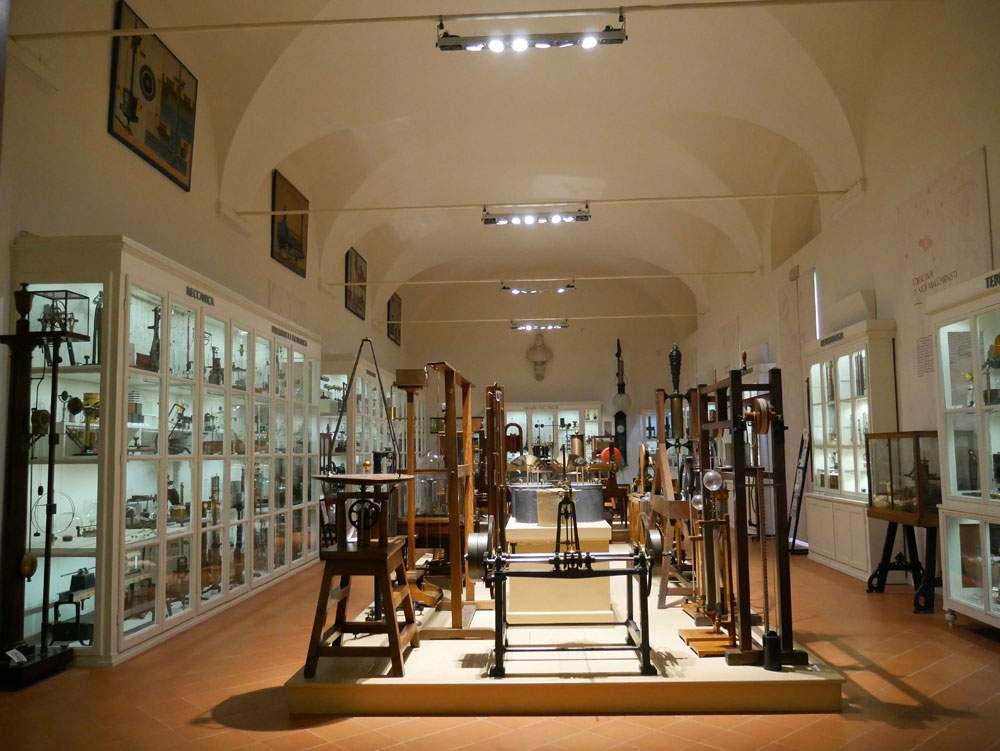The Science and Technology Foundation of Florence goes virtual and thanks to Google Arts & Culture puts its museum online: in fact, it is possible to see, through the technological platform developed by Google, more than 176 works, including naturalistic artifacts and models, scientific instruments, and volumes, but the virtual collection is constantly being updated and in the coming months many more works will be available. Among those already online are models of flowers from the Brendel Manufactory, the Paulucci Herbarium, the Marchi Herbarium, wax anatomical models, drawings from the Academy of Arts and Crafts, several volumes from the Library, models of gears from the Mechanics collection, and instruments related to other aspects of physics, such as electricity and magnetism, thermodynamics, optics, and acoustics. The works were made, for the most part, in the second half of the 19th century.
In addition to the digitization of the works, a virtual tour of the museum tour, which includes the Planetarium Corridor, Andromeda Hall, Library, Physics Cabinet, Planetarium and Corridi Hall, has been made possible to retrace some of the most significant moments in nineteenth-century science education.
The exhibition L’erbario della Marchesa (The Marquise’s Herbarium) can also be visited: the digital exhibition presents the scientific activity of a naturalist of the second half of the 19th century: Marianna Panciatichi Ximenes d’Aragona Paulucci. In 1902, the marquise donated the so-called Paulucci Herbarium to the then Tuscan Technical Institute “Galileo Galilei” in Florence: it is a collection that includes 4153 exsiccata attributable to 1492 taxa. Made over a period of about twenty years, it is divided into two major groups of plants, according to their Tuscan(Plantae Thusciae) or more generically Italian(Plantae Italicae) provenance. Most of the specimens belong to the first group and, in particular, to the areas related to the various family estates. The herbarium is still fully preserved today and is part of the naturalistic collections of the Science and Technology Foundation Museum, which holds the entire scientific heritage of the Institute, founded in 1850.
Pictured is the Physics Cabinet.
 |
| More than 170 digitized works, virtual tours and exhibition: the Science and Technology Foundation of Florence enters Google Arts & Culture |
Warning: the translation into English of the original Italian article was created using automatic tools. We undertake to review all articles, but we do not guarantee the total absence of inaccuracies in the translation due to the program. You can find the original by clicking on the ITA button. If you find any mistake,please contact us.